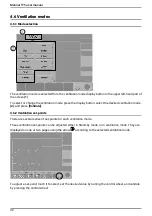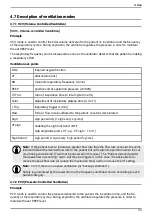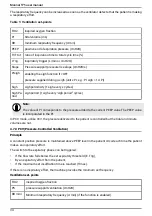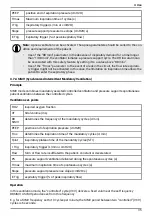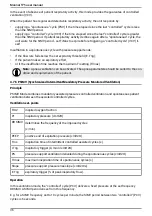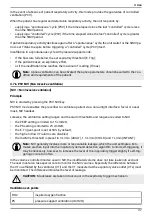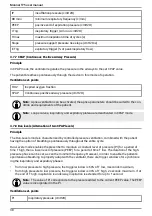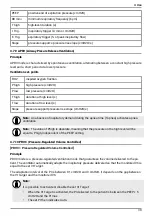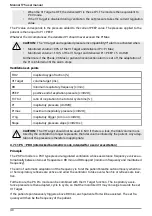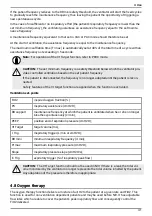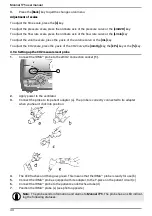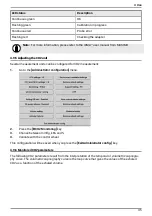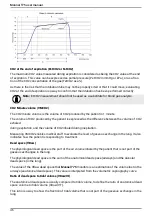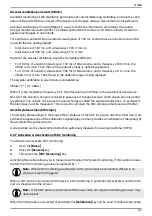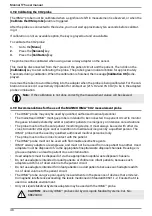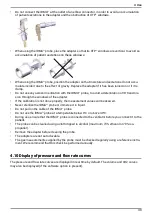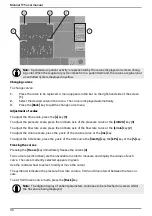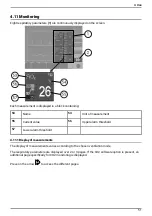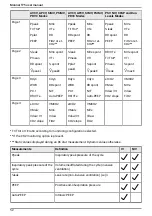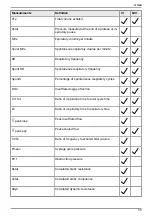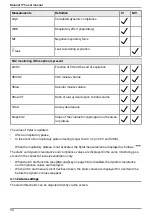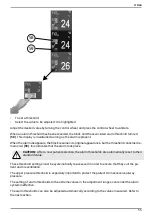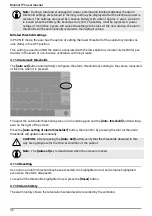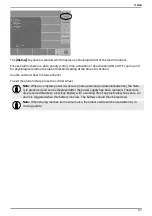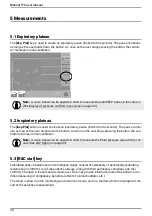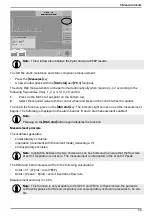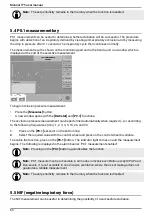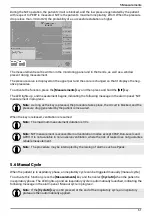
Monnal T75 user manual
CO2 at the end of expiration (PetCO2 or FetCO2)
The maximum CO2 value measured during expiration is considered as being the CO2 value at the end
of expiration. This value can be expressed as partial pressure (PetCO2 in mmHg or kPa), or as a frac-
tion of the CO2 concentration of the gas (FetCO2 as a%).
As there is the risk that the intubation tube may not be properly sited or that it could move; evaluating
CO2 at the end of expiration is a way to confirm that the intubation has been performed correctly.
Note:
EtCO2 measurement should not be used as a substitute for blood gas analysis.
CO2 Minute volume (VMCO2)
The CO2 minute volume is the volume of CO2 produced by the patient in 1 minute.
The volume of CO2 produced by the patient is expressed as the difference between the volume of CO2
exhaled
during expiration, and the volume of CO2 inhaled during inspiration.
Measuring VMCO2 enables medical staff to evaluate the level of gaseous exchange in the lung. It also
indicates how the patient is responding to treatment.
Dead space (VDaw)
The physiological dead space is the part of the air volume inhaled by the patient that is not part of the
gaseous exchanges in the lung.
The physiological dead space is the sum of the anatomical dead space (airways) and the alveolar
dead space (in the lung).
The value of the VDaw dead space that
Monnal T75
monitors is an estimation of the volume lost in the
airways (anatomical dead space). This value is interpreted from the volumetric capnography curve.
Ratio of dead space to tidal volume (VDaw/Vt)
The anatomical dead space is usually compared to tidal volume, to define the ratio of anatomical dead
space volume to tidal volume (VDaw/VT).
This ratio is a way to show the fraction of tidal volume that is not part of the gaseous exchanges in the
lung.
46

